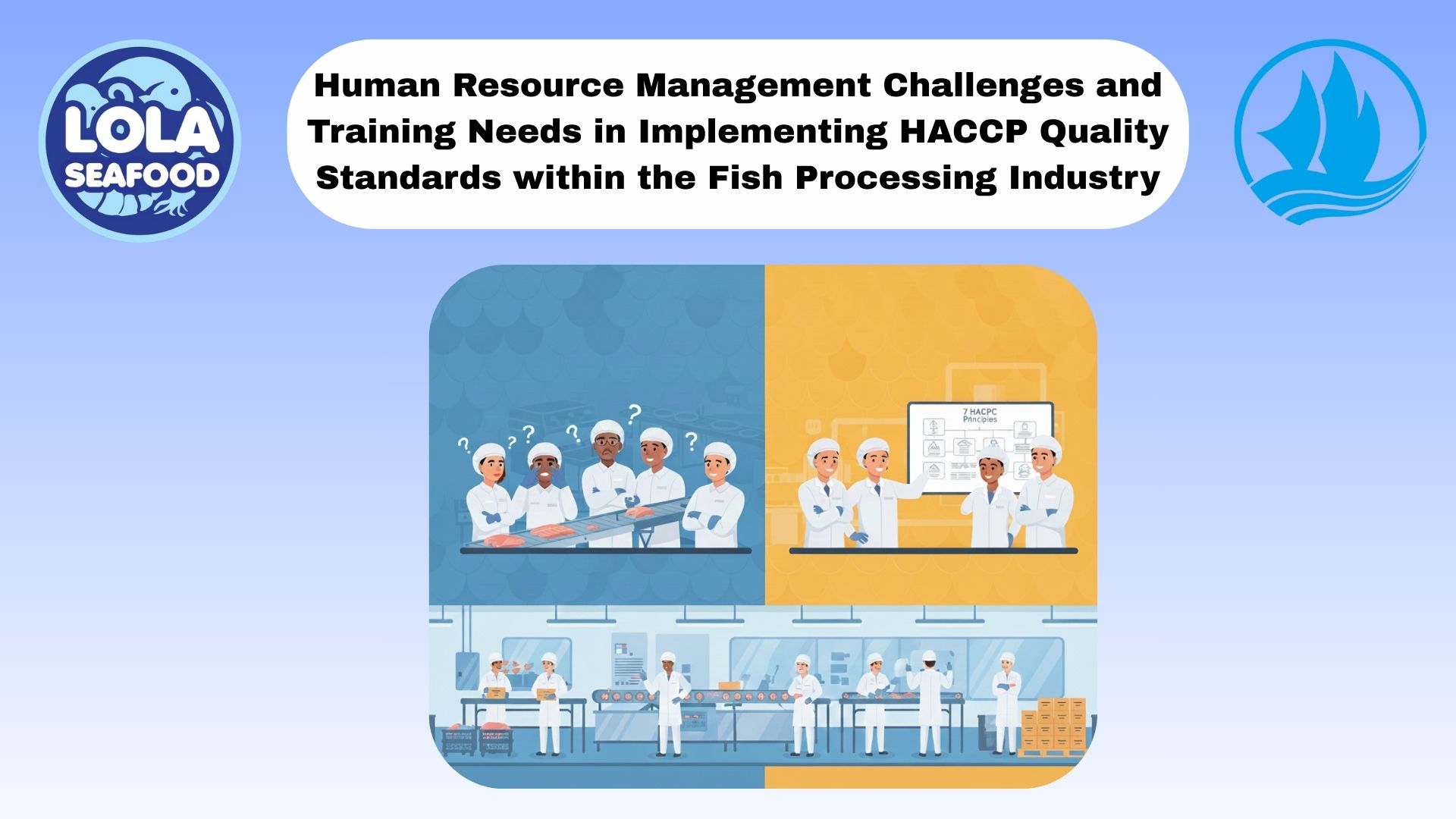Pest Control in SSOP: Safeguarding Seafood Processing Plants
By. Wiwik Rasmini - 19 Sep 2025.jpg)
Kelolalaut.com Maintaining strict hygiene and safety standards is essential in seafood processing plants, where even minor lapses can compromise product quality and consumer health. One of the critical components of a Sanitation Standard Operating Procedure (SSOP) is pest control. Pests—including insects, rodents, and birds—pose significant risks as carriers of pathogens and physical contaminants that can spoil seafood products or cause foodborne illness. Implementing an effective pest control program is, therefore, a fundamental requirement for any seafood facility that aims to comply with food safety regulations and protect its reputation.
Pest Control is Important in Seafood Processing
Seafood is a highly perishable product that requires strict temperature and hygiene controls. Pests are naturally attracted to processing plants because of the availability of food, moisture, and shelter. Their presence introduces three major hazards:
- Microbiological Hazards – Pests can carry bacteria such as Salmonella, E. coli, and Listeria monocytogenes on their bodies, potentially contaminating processing areas and products.
- Physical Hazards – Droppings, feathers, hair, and body parts from pests can end up in seafood products, creating physical contamination risks.
- Reputational and Regulatory Risks – The presence of pests can result in failed audits, product recalls, and damage to brand reputation.
For these reasons, pest control is not just good practice but a mandatory part of SSOP as outlined by HACCP (Hazard Analysis and Critical Control Point) systems and international food safety standards.
Key Elements of a Pest Control Program
An effective pest control program within SSOP involves several coordinated steps, all of which must be documented and regularly reviewed:
- Inspection and Monitoring: Routine inspections help identify early signs of pest activity, such as droppings, nesting material, or damage to packaging. Monitoring devices such as glue traps, pheromone traps, and electronic monitoring systems are placed in strategic areas around the plant to detect and measure pest populations.
- Exclusion Measures: The best way to control pests is to prevent them from entering the facility. Exclusion measures include sealing cracks and gaps in walls, installing door sweeps, maintaining window screens, and using air curtains at entry points. Keeping doors closed when not in use and repairing structural damage promptly are also crucial steps.
- Sanitation Practices: Good housekeeping is a core part of SSOP. Regular cleaning schedules reduce food and water sources that attract pests. Waste should be disposed of promptly in sealed containers, and spilled seafood or by-products must be removed immediately.
- Use of Approved Pesticides: When chemical control is necessary, only approved and food-safe pesticides should be used, following label instructions and regulatory requirements. Treatments must be applied by trained personnel or licensed pest control operators to ensure safety and avoid contamination.
- Employee Training
Workers must be trained to recognize signs of pest activity and report them promptly. Awareness programs help create a culture of vigilance, where everyone in the plant contributes to pest prevention. - Documentation and Verification: Records of inspections, monitoring results, corrective actions, and pesticide applications must be kept for regulatory compliance. Regular verification, including third-party audits, ensures the pest control program remains effective over time.
Integrating Pest Control into SSOP
Pest control should be integrated with other SSOP components such as facility sanitation, equipment cleaning, and waste management. This holistic approach ensures that pests are denied access to food, water, and shelter. Coordination between quality control teams, sanitation staff, and pest control providers is essential for consistent results.
Benefits of a Strong Pest Control Program
- A well-managed pest control program provides multiple benefits:
- Protects Product Safety – Prevents contamination that could harm consumers.
- Supports Regulatory Compliance – Helps meet HACCP, ISO 22000, and FDA requirements.
- Improves Audit Performance – Demonstrates proactive management during inspections.
- Reduces Financial Losses – Minimizes the risk of product recalls, shutdowns, and damaged inventory.
Pest control is a critical part of SSOP and a frontline defense in seafood processing facilities. By implementing systematic monitoring, exclusion, sanitation, safe chemical use, and staff training, seafood plants can effectively prevent pest-related contamination and maintain high standards of food safety. A strong pest control program not only protects consumers but also strengthens the company’s reputation and ensures compliance with global food safety regulations. In the seafood industry, where freshness and quality are key to customer trust, effective pest management is non-negotiable.
If you are interested in our Emperor Grass Whole Round / Whole Gilled Gutted Scaled , Emperor Red Spot Whole Round / Whole Gilled Gutted Scaled , Emperor Whole Round / Whole Gilled Gutted Scaled , Emperor Fillet Skin On and Emperor Fillet Skin Less please do not hesitate to contact us through email and/or whatsap
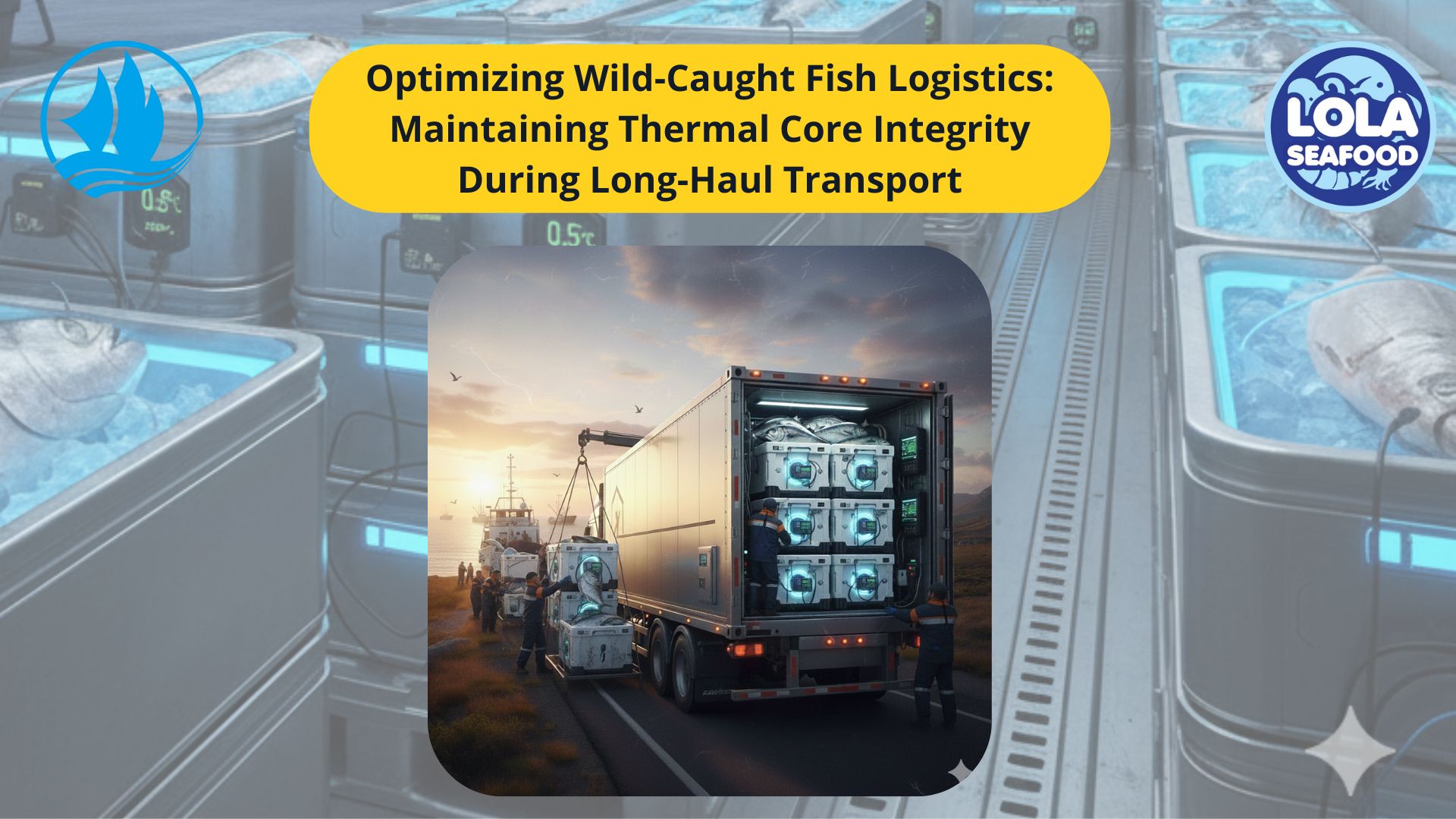
Optimizing Wild-Caught Fish Logistics: Maintaining Thermal Core Integrity During Long-Haul Transport
.jpg)
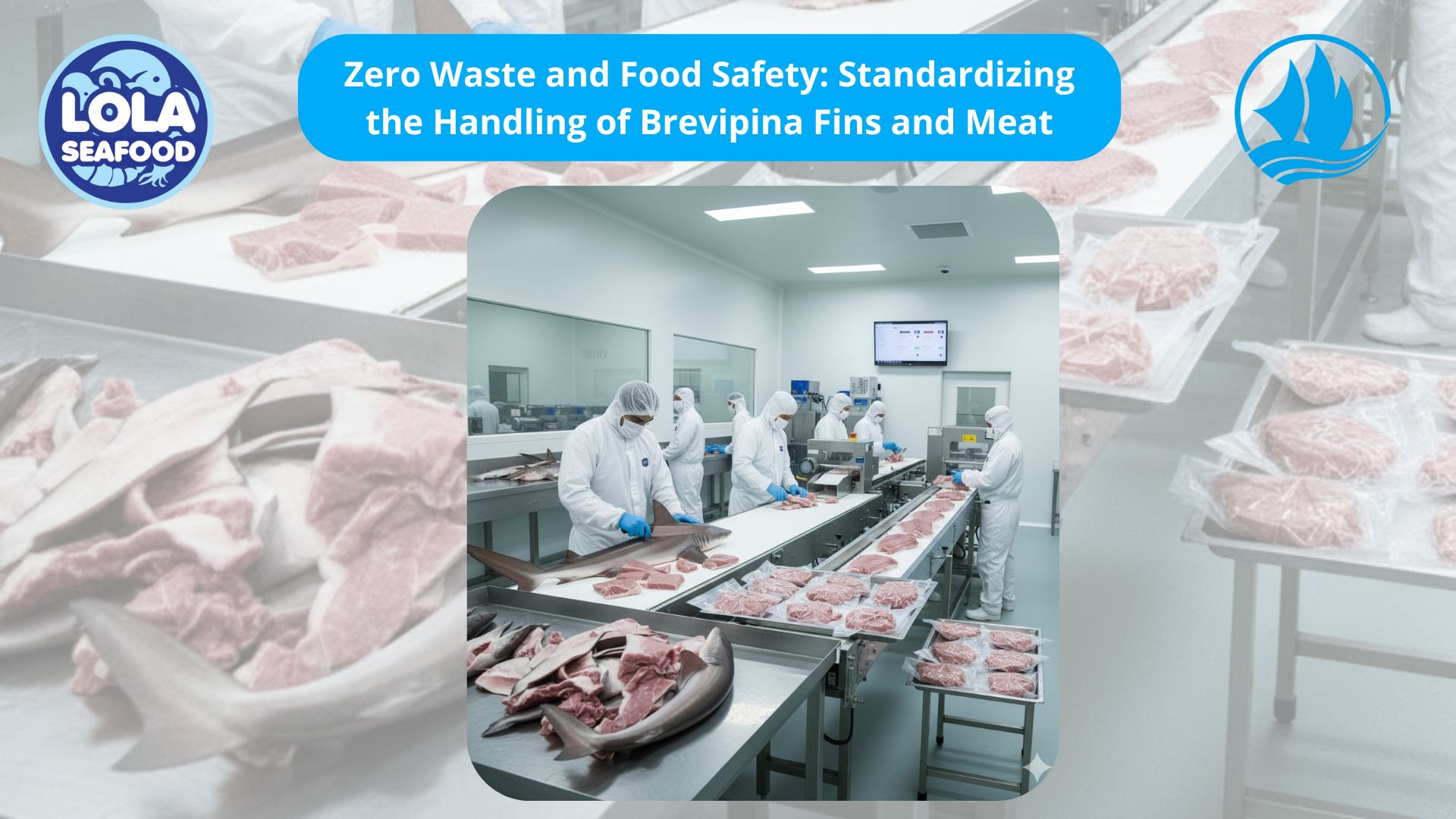
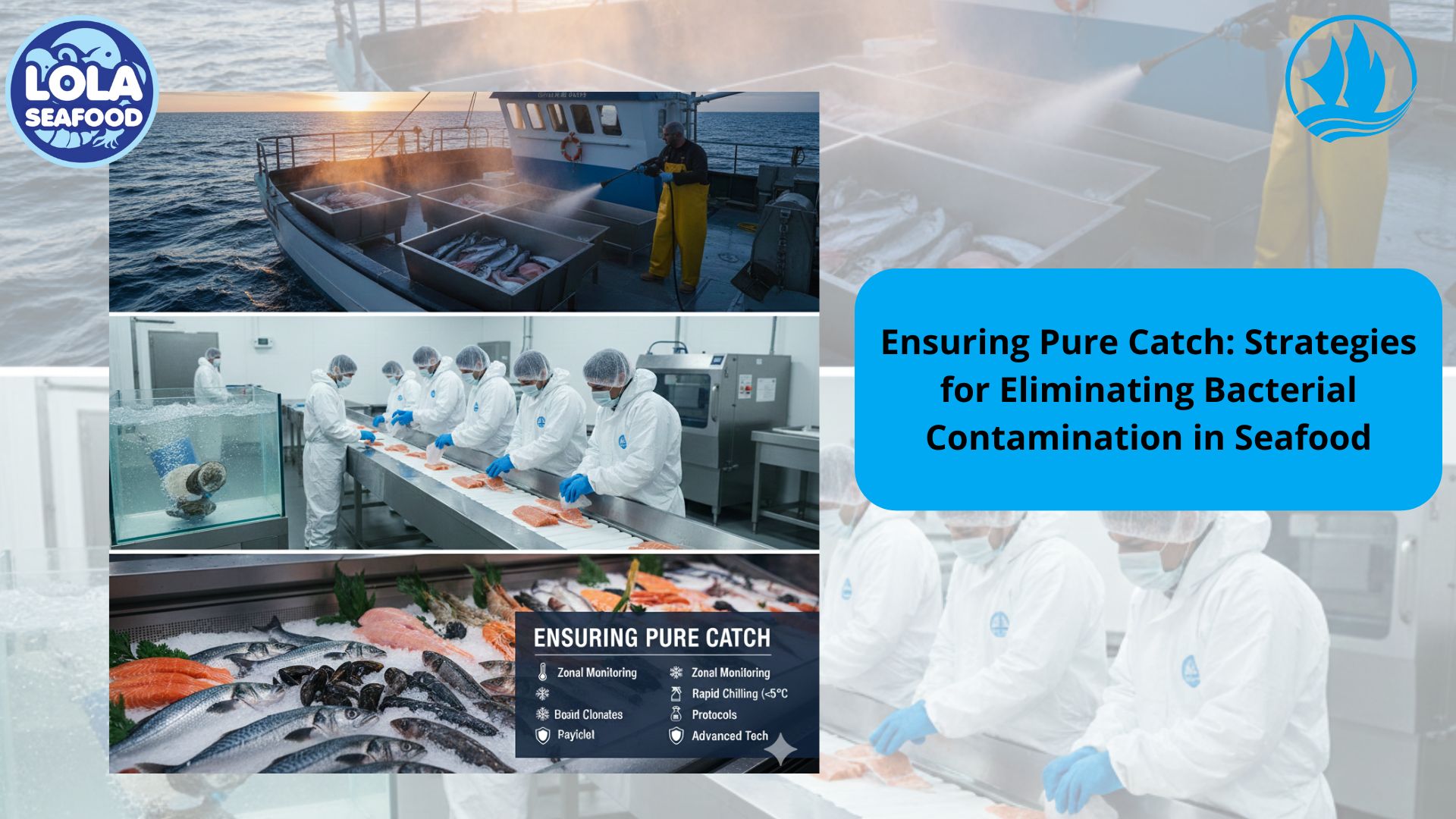
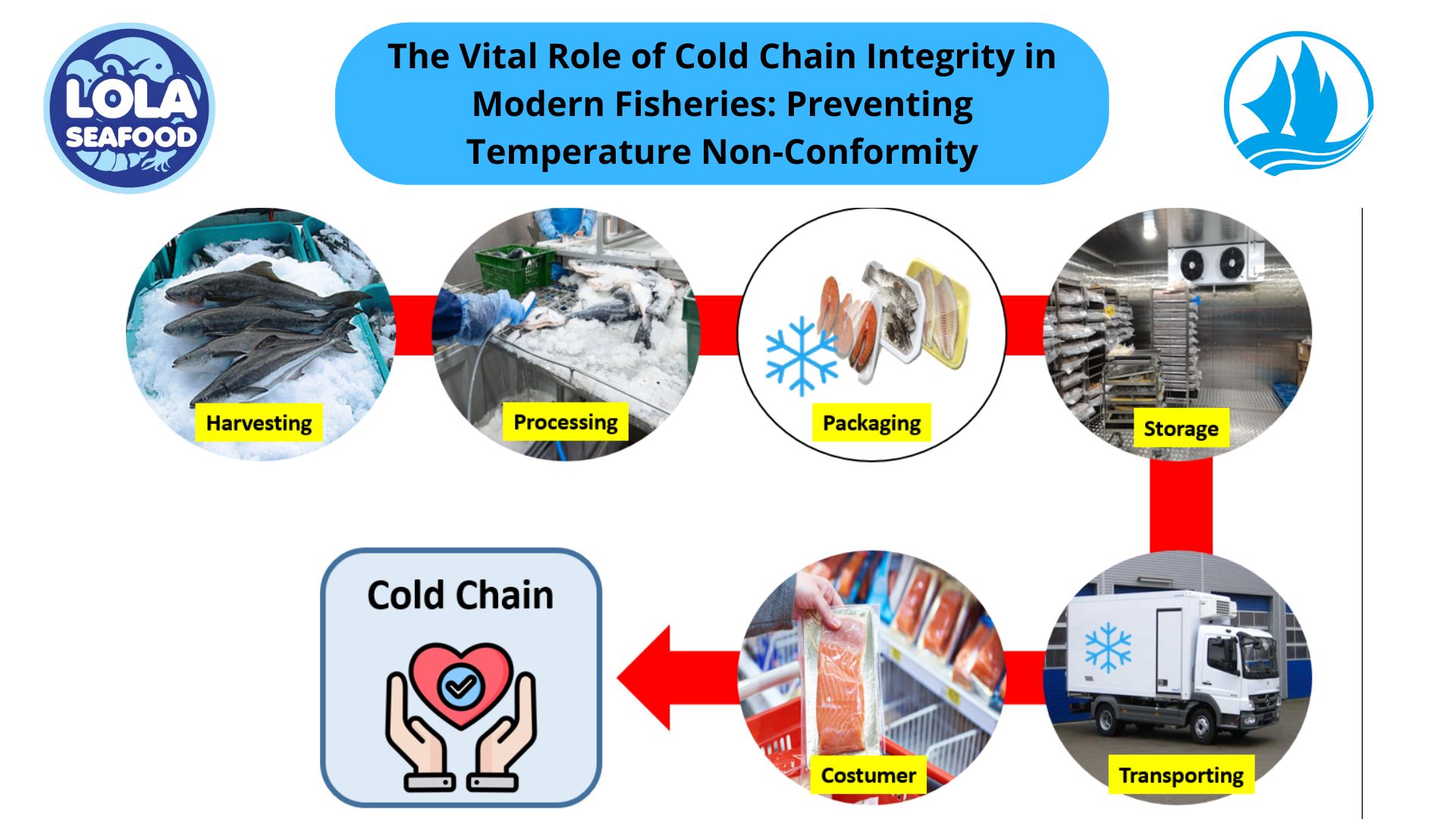
.jpg)
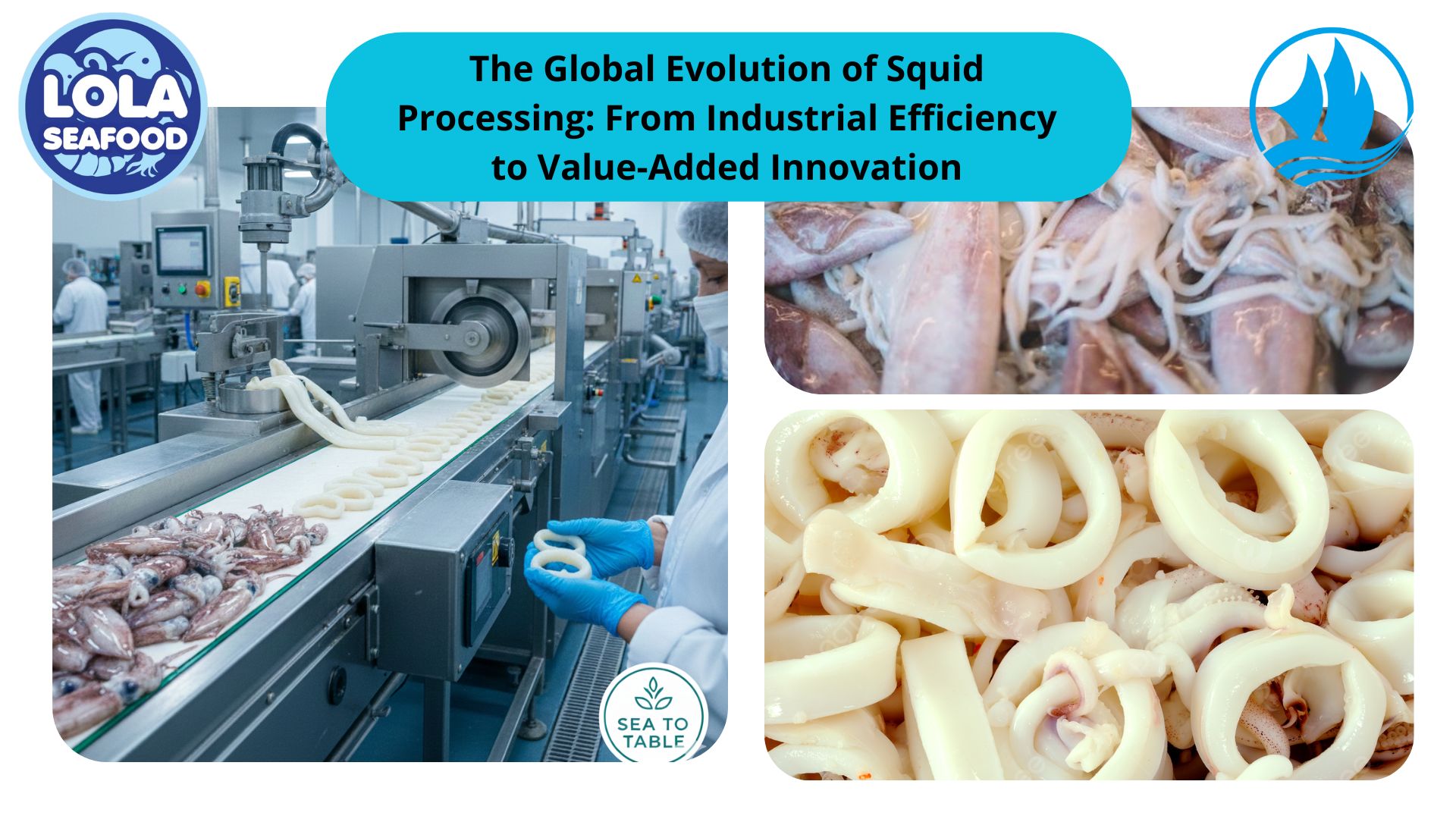
 and Employee Productivity on the Demersal Fish Processing Floor.jpg)
